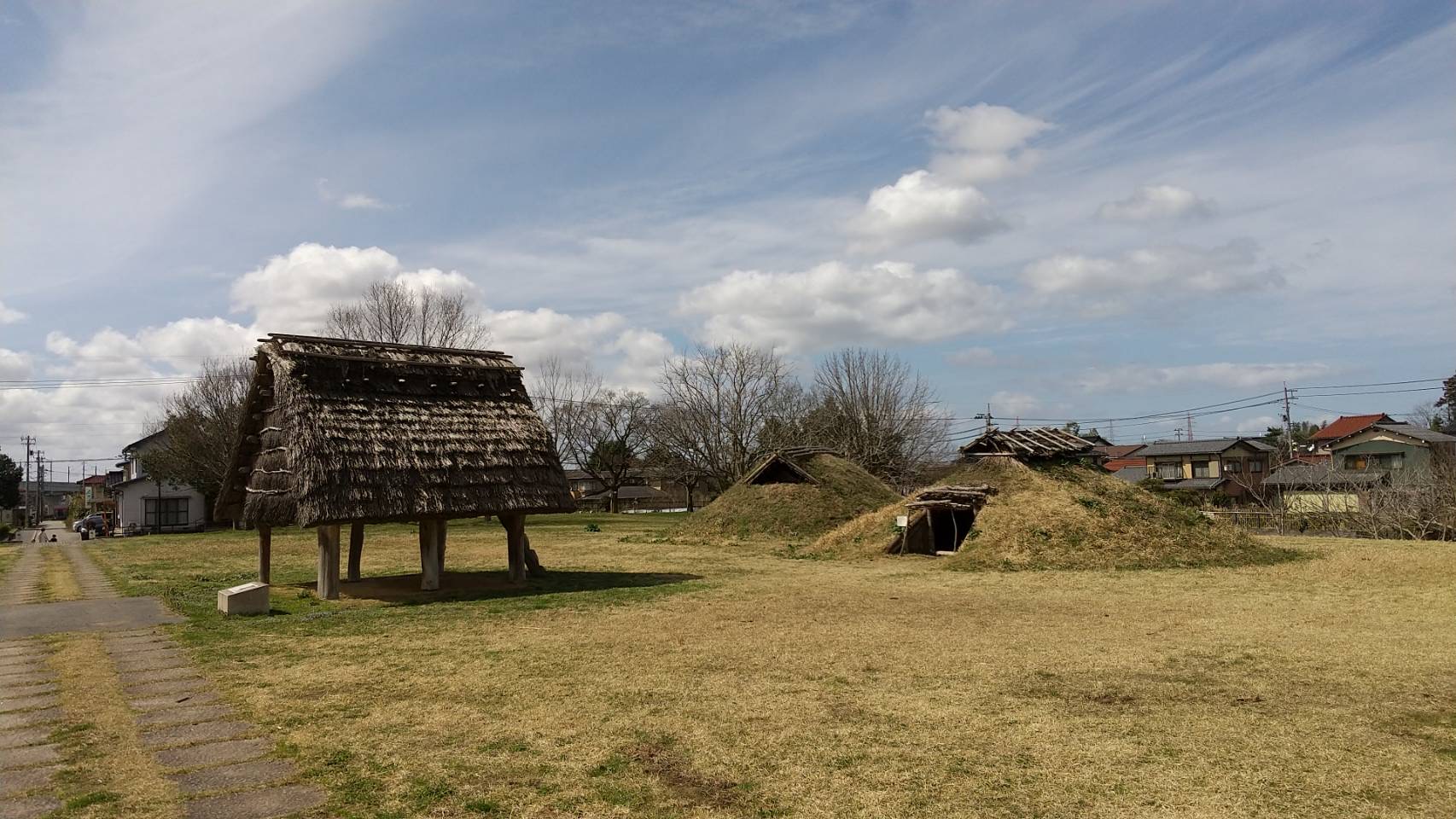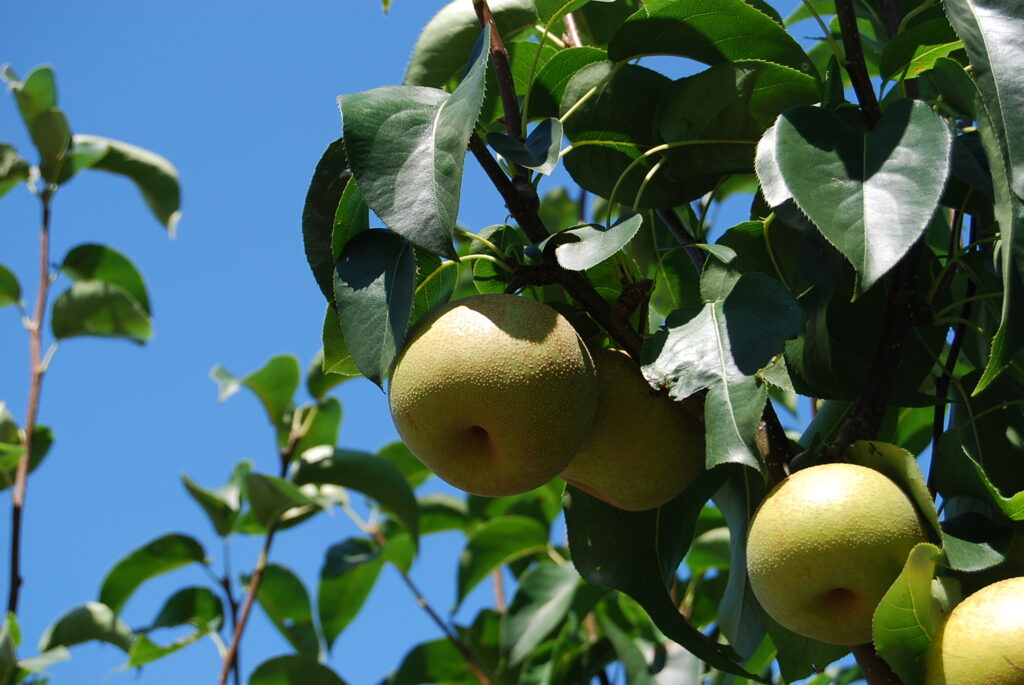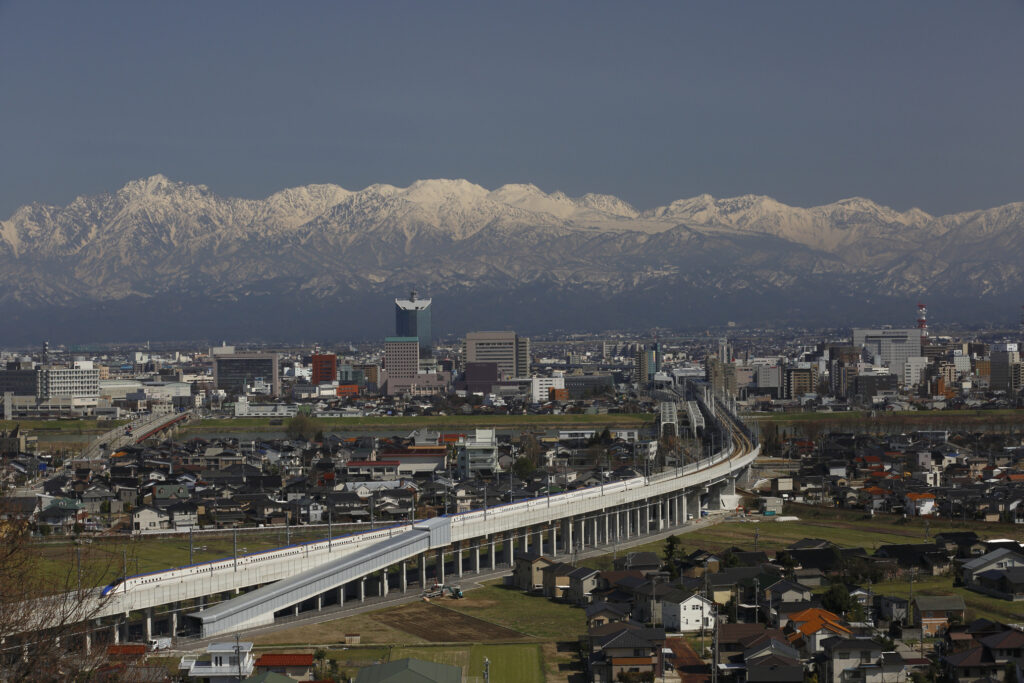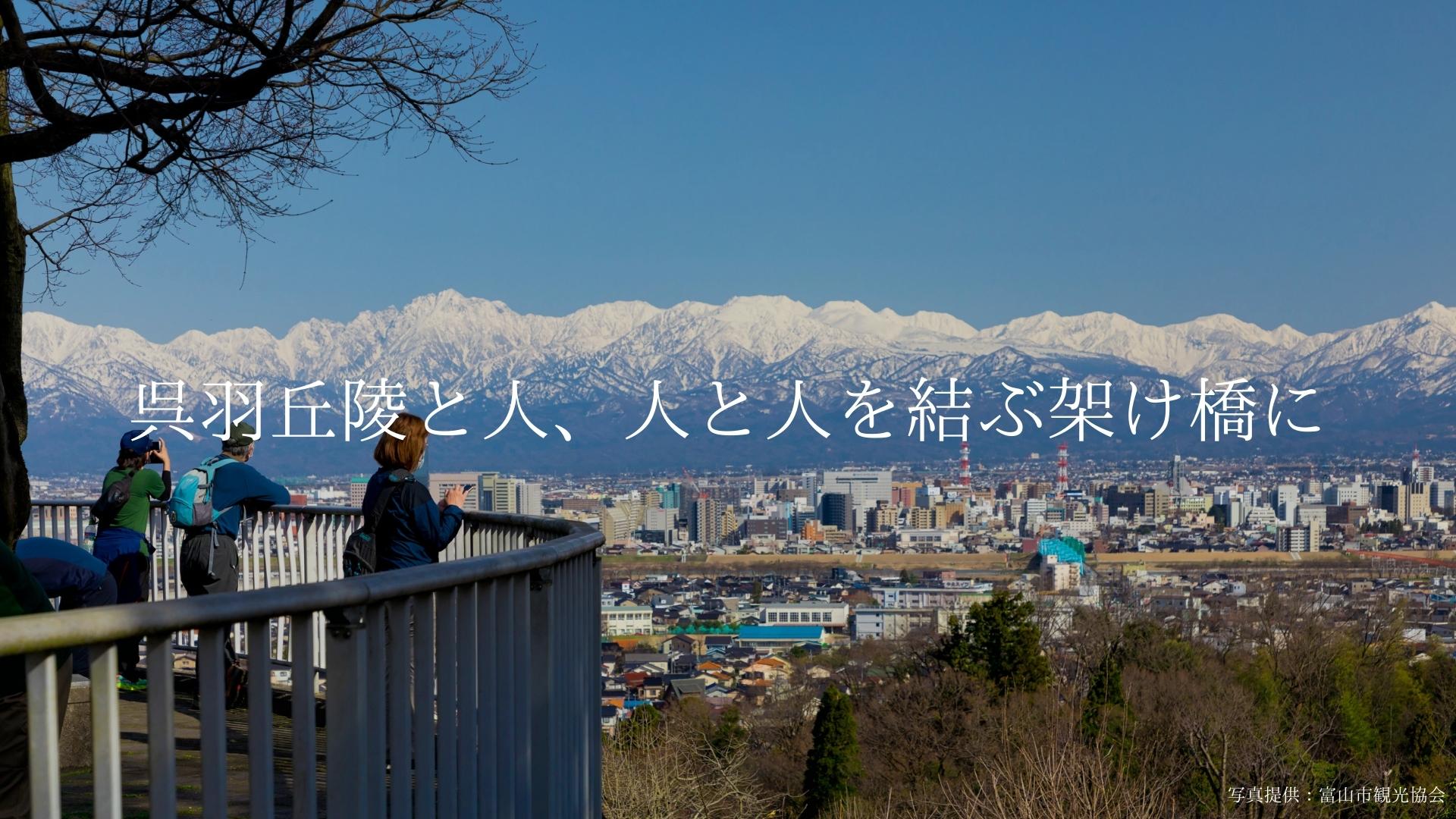呉羽の歴史 / HISTORY



原始(旧石器時代〜弥生時代)/ Paleolithic period – Yayoi period ( about 30,000 – 1800 years ago )
約3万年〜1万5千年前の後期旧石器時代の遺跡が発見されています。約6,000年前、呉羽丘陵のふもとまで潟湖の汽水域が広がっていました。そこに居住した人々の痕跡が、日本海側最大級の発見となった小竹貝塚です。弥生時代の終わり頃から出雲地域と関係が深い古墳が作られ始めました。
The remains were discovered about 30,000 to 15,000 years ago. About 6,000 years ago, the brackish waters of the lagoon extended to the foot of the Kureha Hills. We can see the vestige of the people who lived there. It is Odake shell midden and the largest midden on the Sea of Japan side.
From the end of the Yayoi period, ancient tombs that had closely related to the Izumo region of western Japan had began to be built.
古代(古墳時代〜平安時代)/ Kofun period – Heian period ( about 250 – 1185 )
古墳時代の終わりには、呉羽丘陵を中心に横穴墓が作られました。国の管理下で製鉄、製陶が盛んになり、大規模な集落も営まれました。
At the end of the Kofun period, tunnel tombs were built around the Kureha Hills. Under the control of the central government, ironware and ceramics were made and large settlements were also born.
中世(鎌倉時代〜安土桃山時代)/ Kamakura period – Azuchi-Momoyama period ( 1185 – 1600 )
城山を利用した山城・白鳥城は、軍事上の要衝として、記録に度々登場しています。呉羽山側には、木曽義仲の武将・今井兼平が必勝祈願をした八幡社や、戦国時代の富山城主・佐々成政が降伏の際、剃髪した場所などの史跡があります。
The mountain castle ‘Shiratori-jo’ that utilized Joyama often appeared on historical documents as a strategic point. On the Kureha yama side, you can see some historical sites, such as an important shrine where a famous warrior prayed for victory about 800 years ago, the place where the lord of Toyama had his head shaved when he surrendered about 400 years ago, and so on.
近世(江戸時代〜大政奉還)/ Edo period – the Restoration of Imperial Rule ( 1603 – 1867 )
元禄時代から桜の名所として人気がありました。用水の開削、新田開発により稲作が行われていましたが、水利の悪い西斜面では桑や呉羽茶の栽培が行われました。
The Kureha Hills have been also popular as cherry blossom viewing sites since Genroku era about 300 years ago. People irrigated water and cultivated rice. However, the west side of the hills was not suitable for rice. So they cultivated mulberry trees or tea trees.
近代(明治時代〜大正時代)/ Meiji period – Taisho period ( 1868 – 1926 )
明治天皇の巡行の折に開削された新道により、東西の交流が活発になりました。明治40年、梨栽培が始まり、ブランド化に成功しました。大正時代には、一気に観光地化が進みました。
When Emperor Meiji came to Toyama, a new road was built. Thanks to this road, cultural exchange and distributions livened more activity. Cultivation of pears began in 1890 and pears became a specialty of Kureha. During Taisho period (1912-1926), Kureha became more popular as a tourist destination.
現代(昭和時代〜 平成時代) / Showa period – Heisei period ( 1926 – 2019 )
製錬工場や紡績工場が新設されました。戦後、大学や文化施設が次々と開設され、教育文化スポットとなりました。尾根沿いの自然歩道(フットパス)が整備され、人々に親しまれています。
Large factories such as a smelter and a spinning mill started operations. After World War II, cultural facilities were opened one after another and Kureha became a place of education and culture. There are wonderful natural promenades along the ridge as well where many people enjoy trekking.
これから / Now and Future ( 2020 – )
分断された城山と呉羽山を結ぶ地上約30m、全長124mの連絡橋が2023年完成予定です。立山を望む新たな観光スポットとして期待されています。
Currently, a suspension bridge between Joyama and Kureha-yama is under construction. The bridge will be completed in 2023 and at 124 meters in length, a width of 1.8meters, and about 30 meters above the ground, it will become the best spot to enjoy the view while trekking.

